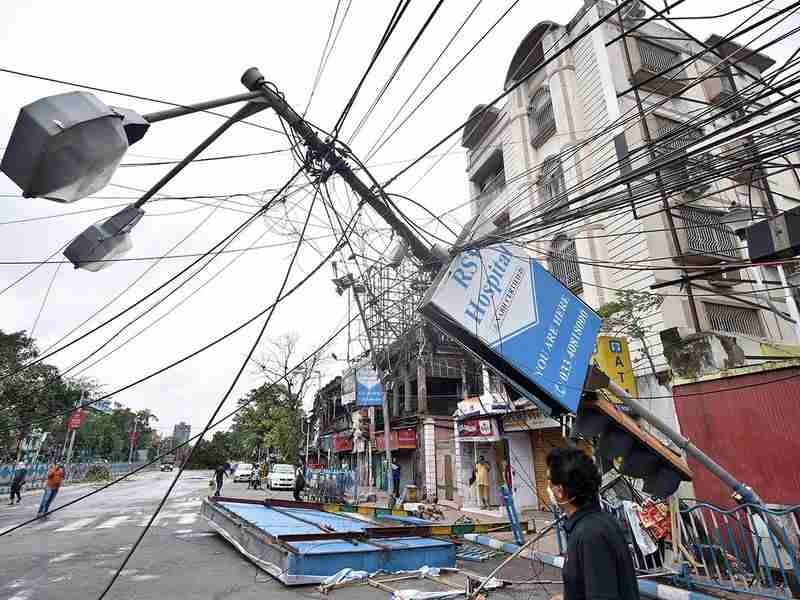Cyclone Amphan: Cut-Off From The World, When COVID-19 Seemed The Lesser Curse

Kolkata: Four days before Amphan hit us, a colleague at Odisha Bytes forwarded me a WhatsApp post.

Kolkata: Four days before Amphan hit us, a colleague at Odisha Bytes forwarded me a WhatsApp post.
Get real time updates directly on you device, subscribe now.

Comments are closed.